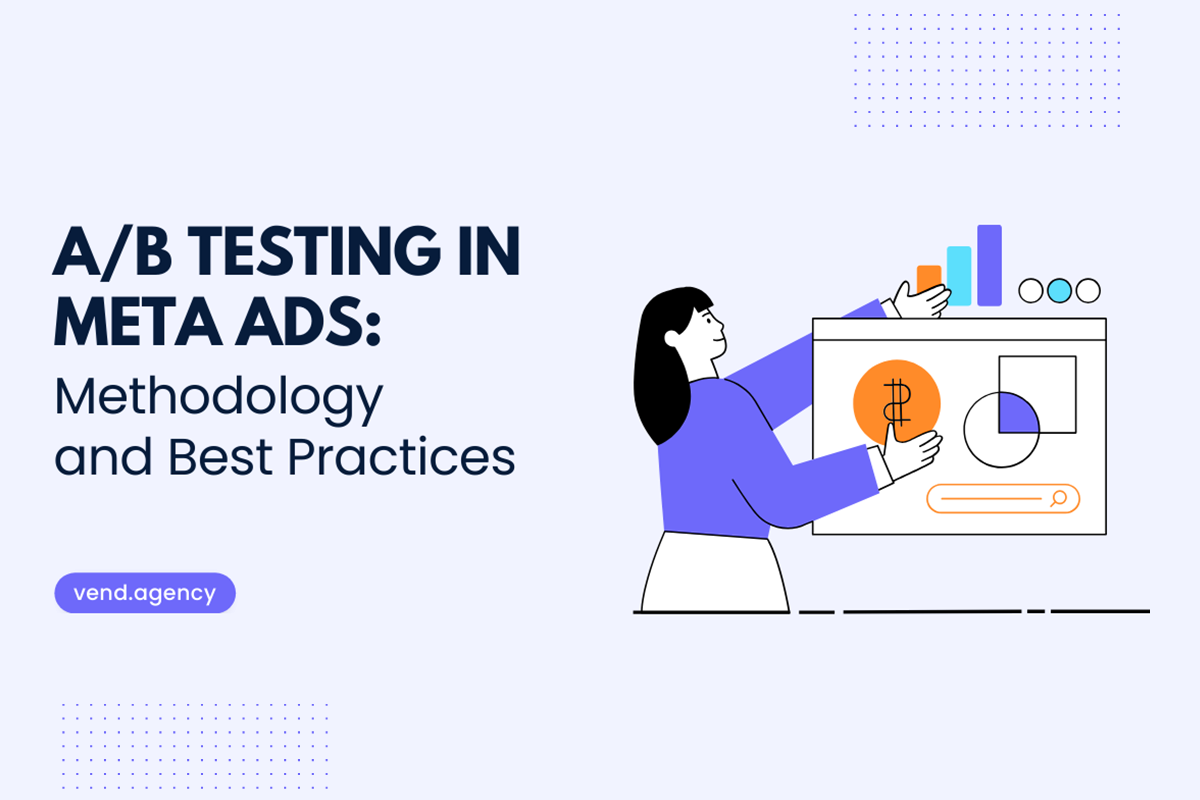
A/B Testing in Meta Ads: Methodology and Best Practices
A/B testing, also known as split testing, is a marketer's tactic to compare two versions of a webpage, ad, or campaign to determine which one performs better. In the context of Meta Ads, which includes platforms like Facebook and Instagram, A/B testing is invaluable. It allows you to make data-driven decisions and optimize your campaigns for better performance. This guide will delve into the methodology and best practices for conducting A/B testing with Meta Ads.
Understanding A/B Testing
- What is A/B Testing? At its core, A/B testing involves comparing two versions of an ad to see which one achieves better engagement, click-through rates, or conversions.
- Why Use A/B Testing in Meta Ads? The insights gained from A/B testing can help you refine your ad strategies, understand your audience better, and improve your ROI.
Methodology for A/B Testing in Meta Ads
- Define Your Objective: Clearly define what you want to achieve with your A/B test. Whether it's increasing click-through rates, lowering cost-per-click, or improving conversion rates, having a clear goal is crucial.
- Select One Variable to Test: Change one element at a time to understand precisely how it impacts performance. This could be the ad copy, image, call-to-action, audience, or even the placement of your ad.
- Create Two Variants: Develop 'Version A' (the control) and 'Version B' (the variation) of your ad. Ensure they are identical except for the one variable you're testing.
- Determine Your Audience: Ensure your audience is large enough to provide meaningful data but targeted enough to be relevant to your campaign.
- Set Duration and Budget: Decide how long you'll run your test and the budget. Ensure it's sufficient to gather enough data for reliable results.
- Launch and Monitor: Run your ads simultaneously and monitor the performance closely.
Best Practices for A/B Testing in Meta Ads
- Test Continuously: The digital market is dynamic. Regularly testing and updating your ads can help keep your campaigns effective and relevant.
- Don't Rush Your Tests: Give your A/B test enough time to produce significant results. Rushing might lead to conclusions based on incomplete data.
- Keep Conditions Consistent: Run both versions of the ad at the same time to ensure that external factors affect them equally.
- Analyze Results Thoroughly: Look beyond surface-level metrics. Dive deep into the data to understand why one variant performed better than the other.
- Implement Changes Gradually: If you find a winning strategy, implement it gradually to more campaigns to confirm the results are consistent across different audiences and conditions.
Common Pitfalls to Avoid
- Testing Too Many Variables at Once: This can make it difficult to pinpoint exactly what caused the change in performance.
- Ignoring Statistical Significance: Ensure your results are statistically significant to make informed decisions.
Conclusion
A/B testing in Meta Ads is a powerful way to enhance your advertising strategies. By understanding your audience's preferences and reactions to different ad elements, you can create more effective campaigns that resonate with your target market and deliver better results. Remember, the key to successful A/B testing is a structured approach, consistency in monitoring, and an openness to learning and adapting based on the insights you gain. With these best practices in mind, you're well on your way to optimizing your Meta Ads campaigns and achieving your marketing objectives.
A great way to start getting to know your business - just to call. Leave a form, and we will delve into your enterprise challenges and offer the best solutions.
